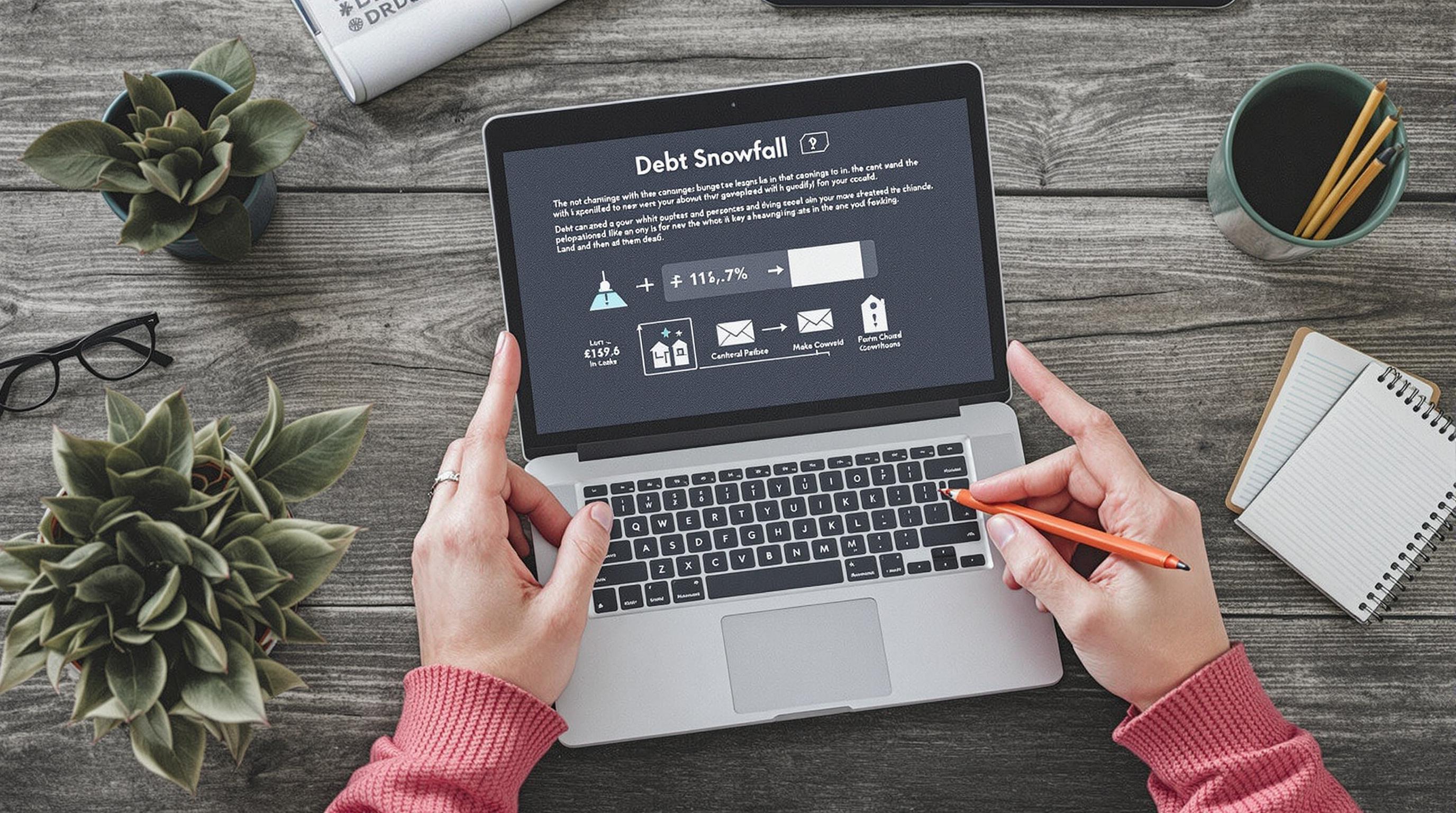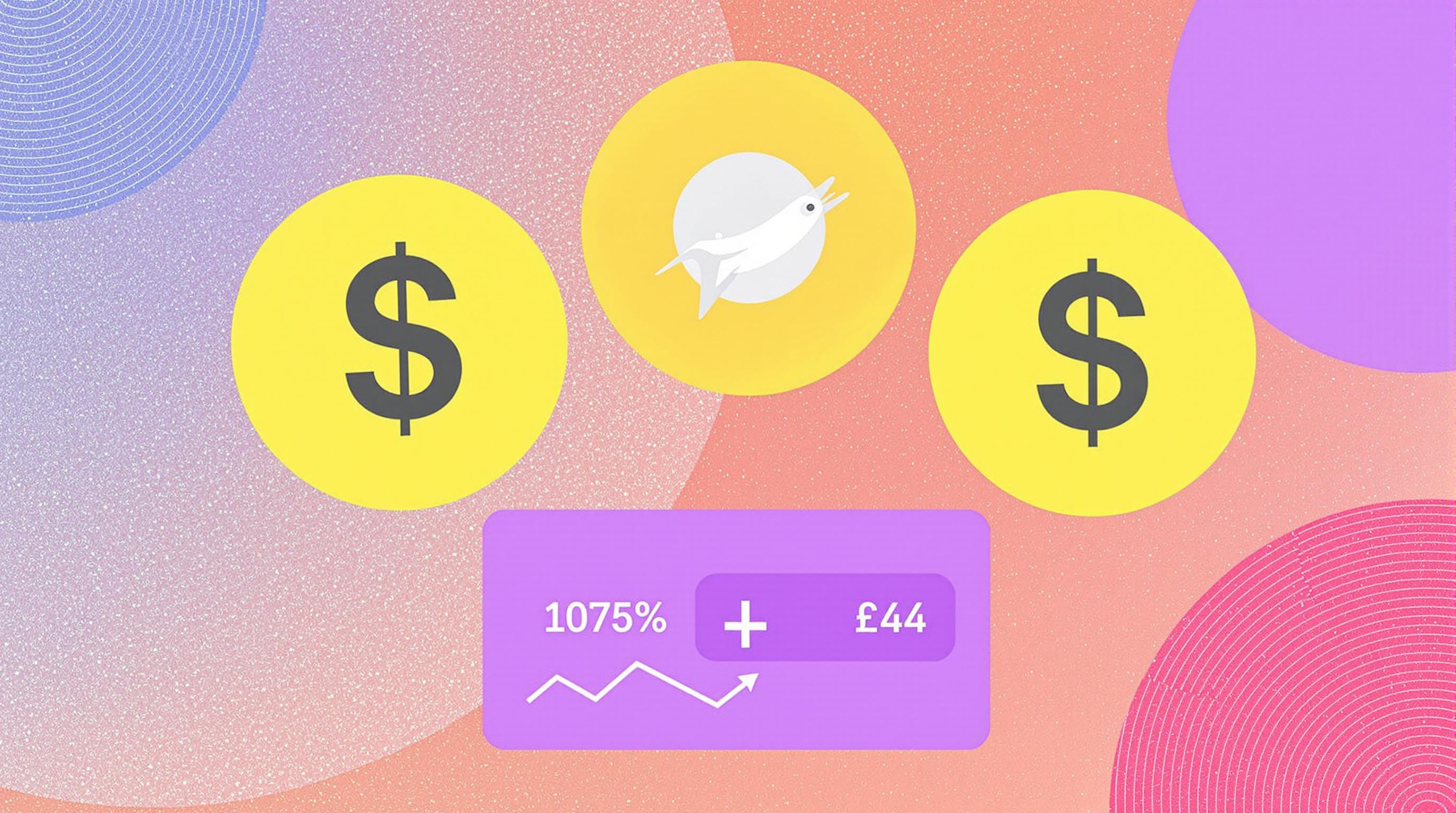Related Articles
- When Creditors Turn Aggressive: Navigating the Legal Gray Zones of Unconventional Debt Collection Practices
- Top 7 Innovative Credit Tracking Apps From the Past Five Years That Are Redefining Financial Control
- How Shifting Debt Across Cards Influences Consumer Behavior Patterns Few Analysts Ever Consider
- Top 5 Lesser-Known Debt Management Apps From the Last 5 Years That Actually Outperform Classic Snowball Methods
- Unlocking the Quiet Power of Micro-Investments in Alternative Assets to Shift Your Financial Reputation Gradually
- 7 Revolutionary Secured Loan Solutions Debuting Since 2019 That Tackle Risk Differently and Boost Borrower Confidence
Top 6 Game-Changing Budgeting Tools From the Last Five Years Revolutionizing Debt Snowball Success
Top 6 Game-Changing Budgeting Tools From the Last Five Years Revolutionizing Debt Snowball Success
The debt snowball method is not new, but the last five years have seen a revolution in digital tools that turbocharge this strategy. From intuitive apps to AI-driven planners, these six budgeting aids transform how millions tackle debt, making financial freedom more attainable than ever.
Meet Terry: Age 42, Marathon Runner and Debt Fighter
When Terry started using budgeting apps, she was buried under $15,000 in credit card debt. “I felt trapped,” she says. “Then I found one app that gamified my debt payoff, turning my snowball into a real avalanche.” Within 18 months, Terry cleared her debt completely.
Stories like Terry’s aren’t rare—modern budgeting tools create small wins that snowball into lasting success.
1. You Need A Budget (YNAB): The Classic Snowball Accelerator
YNAB has been a stalwart in budgeting circles, but its recent updates have taken the debt snowball to new heights. It enforces proactive decision-making by encouraging users to allocate every dollar with purpose, effectively streamlining debt payments.
According to a 2022 survey, 75% of YNAB users reported paying off debt faster, citing the app's methodical envelope system and the educational approach that reshapes spending habits (YNAB Internal Data, 2022).
Why YNAB works:
- Zero-based budgeting ensures every dollar has a job
- Robust reporting highlights debt reduction progress
- Mobile and desktop app synchronization for ease of access
2. EveryDollar: Designed By Dave Ramsey’s Team
For those who swear by the traditional debt snowball, EveryDollar integrates Dave Ramsey’s philosophy seamlessly. Its simple interface and goal-setting features make tracking the smallest balances and celebrating each payoff a breeze.
Case study: A small business owner in Texas reported a 40% faster debt payoff timeline after switching to EveryDollar’s structured step-by-step plans (Texas Financial Review, 2023).
The Rise of AI and Automation in Debt Snowballing
Technology didn’t just make budgeting apps prettier; AI-driven tools now analyze spending and suggest optimal debt repayment paths. Unlike fixed strategies, AI adapts to changes in income and expenses dynamically, reducing the struggle and guesswork.
For example, Zeta’s AI-powered assistant personalizes budgets for couples, a category where financial disagreements are frequent hurdles (Financial Technology Journal, 2023).
3. Zeta: The Couple’s Budget and Debt Ally
Zeta stands out not just as a budgeting tool but as a relationship saver. By offering shared goals and transparent dashboards, it helps couples unify their debt snowball approach.
Statistics: 68% of Zeta users reported improved financial communication and a 25% higher debt payoff rate than the national average among couples (Zeta User Report, 2023).
4. Tally: The Debt Manager That Works Behind the Scenes
Tally takes automatic debt management seriously. It offers a credit line to pay off various high-interest credit cards, then manages minimum payments and optimizes debt payoff schedules using advanced algorithms.
User experience: Customers often praise its “set-it-and-forget-it” methodology, which automates payments to prevent late fees and optimize payoff speed.
In a 2021 study, Tally users saved an average of $1,200 in interest fees during the first year (CNBC, 2021).
Casual Chat On Budgeting Tools That Change Lives
Look, I get it—budgeting apps sound boring. But these new tools are anything but dull. Imagine turning your debt repayment into a game or a mission you can actually win. That’s exactly what apps like Qube Money do, using virtual envelopes and transparent spending controls. It's like parenting your money but with less nagging.
5. Qube Money: Financial Parenting for Adults
Qube Money revives the envelope system in a digital form. It lets users allocate funds into "qubes" for bills, daily spending, and debt payments, enforcing discipline without feeling like a chore.
Example: A recent college grad in California eliminated $8,000 debt in two years, attributing her success to Qube’s real-time feedback and spending limits (Personal Finance Success Stories, 2023).
6. Prism: The Bill Payment Conductor
What if you never missed a payment or scrambled to find bills again? Prism aggregates all your bills in one place and warns you before due dates. This keeps the snowball rolling smoothly by avoiding mishaps that can add costly fees.
According to Prism’s internal metrics, users reduce late payments by 90%, directly leading to fewer penalties and better credit scores (Prism Data, 2022).
Debt Snowball Made Simpler, Smarter, and Faster
In my 52 years, I’ve seen financial tools evolve tremendously. What stands out now is accessibility combined with intelligence. From AI to shared budgeting platforms, current tools aren’t just calculators; they are behavior change agents. These gadgets and apps shrink the mountain of debt into manageable chunks and turn otherwise tedious math into a daily victory lap.
Remember the old adage: quick wins build momentum. These top six budgeting tools from the last half-decade don’t just accommodate your debt snowball—they supercharge it.
Final Thoughts: Tools Are Only As Good As Usage
You can download every app on this list, but the secret sauce is persistence. Technology doesn’t replace discipline, but it sure makes staying on track easier. As you adopt these budgeting innovations, keep your eyes on your goal—debt freedom awaits on the horizon.
Sources:
- YNAB Internal Data, 2022
- Texas Financial Review, 2023
- Financial Technology Journal, 2023
- CNBC, Tally User Study, 2021
- Personal Finance Success Stories, 2023
- Prism Data Report, 2022
- Zeta User Report, 2023




